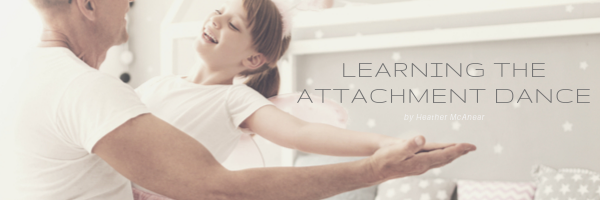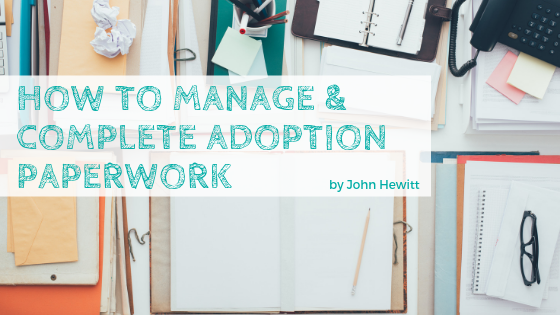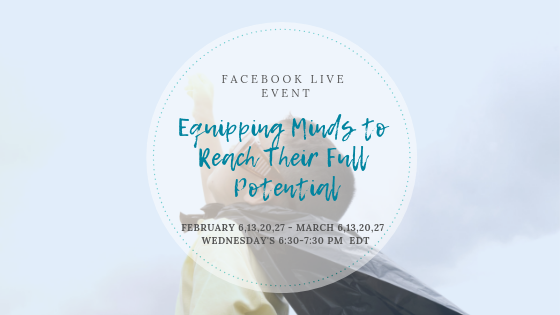Borders closed and lockdown began. When the COVID-19 pandemic hit early last year many countries suspended their foreign adoption programs as borders closed and lockdowns began. While many view this as a reaction to the inability to travel, it was also necessary as many countries temporarily closed courts and adoption central authorities – or determined […]









